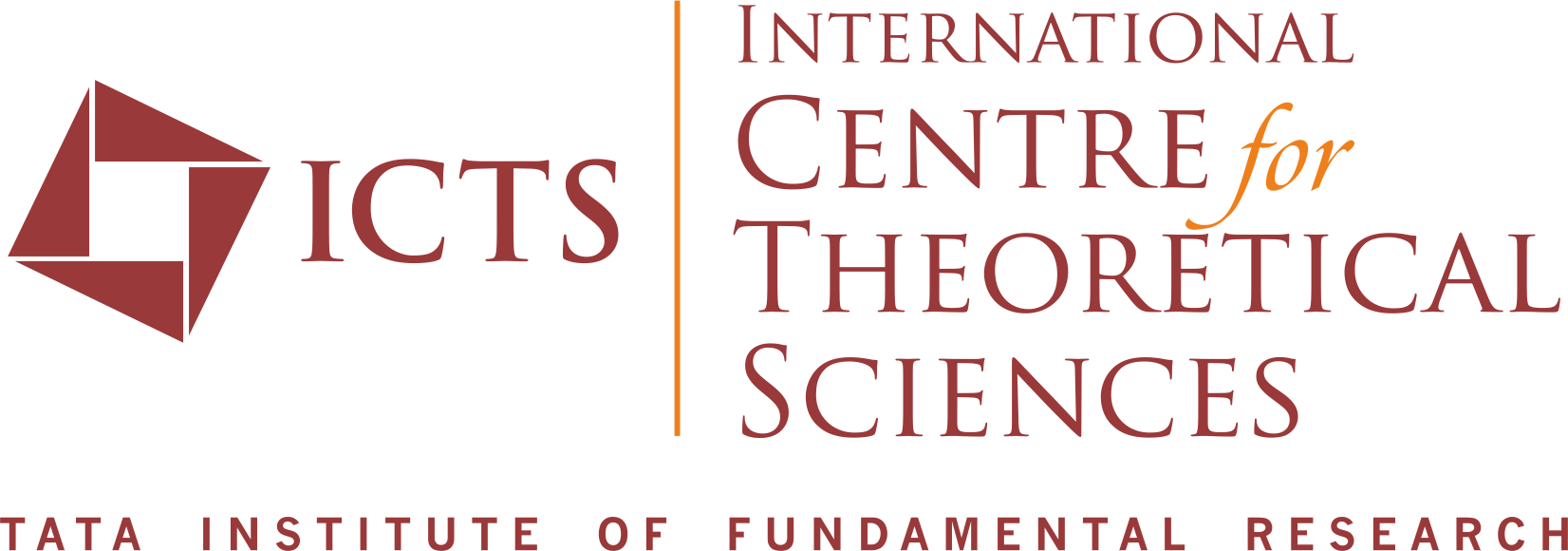|
09:30 to 11:00 |
Helen Byrne (University of Oxford, UK) |
Understanding tumour responses to radiotherapy using mathematical modelling The past twenty-five years have heralded an unparalleled increase in understanding of cancer biology. Over this period, mathematical modelling has emerged as a valuable tool for unravelling the complex processes that contribute to cancer initiation and progression, for testing experimental hypotheses, and assisting with the development of new approaches for improving cancer treatment.
In this lecture, I will focus on modelling approaches that have been used to investigate the growth and response to radiotherapy of solid tumours. These will range from simple, phenomenological models that view the tumour as a homogeneous mass, to more detailed models that resolve the subcellular dynamics of the cell cycle and describe how these dynamics are impacted by fluctuations in oxygen levels, and finally spatially-resolved multiphase models that view the tumour as a heterogeneous mixture of tumour cells, dead cellular material and extracellular fluid and/or resolve different tumour cell phenotypes.
|
|
|
|
11:30 to 12:30 |
Helen Byrne (University of Oxford, UK) |
Understanding tumour responses to radiotherapy using mathematical modelling The past twenty-five years have heralded an unparalleled increase in understanding of cancer biology. Over this period, mathematical modelling has emerged as a valuable tool for unravelling the complex processes that contribute to cancer initiation and progression, for testing experimental hypotheses, and assisting with the development of new approaches for improving cancer treatment.
In this lecture, I will focus on modelling approaches that have been used to investigate the growth and response to radiotherapy of solid tumours. These will range from simple, phenomenological models that view the tumour as a homogeneous mass, to more detailed models that resolve the subcellular dynamics of the cell cycle and describe how these dynamics are impacted by fluctuations in oxygen levels, and finally spatially-resolved multiphase models that view the tumour as a heterogeneous mixture of tumour cells, dead cellular material and extracellular fluid and/or resolve different tumour cell phenotypes.
|
|
|
|
14:00 to 15:30 |
Jason George (Texas A&M University, USA) |
Structural and Stochastic Modeling to Study the Dynamics of Tumor-Immune Interactions The role of the adaptive immune system in identifying and eliminating cancer populations is now well-appreciated and has ushered in new T cell-based immunotherapies. However, due to the complexity of the adaptive immune system, which involves understanding the behavior of ~109 unique T cell clones in any one individual, nearly all attempts to refine these approaches have been driven by experimental analysis. To predict treatment failure and optimize current therapies, we therefore must understand the dynamic interplay between the adaptive immune system and an evolving cancer population. This talk will focus on our group’s efforts to develop and apply biophysical and stochastic models to gain a quantitative understanding of T cell recognition dynamics and the co-evolution between cancer populations and immune cells.
|
|
|
|
16:00 to 17:00 |
Jason George (Texas A&M University, USA) |
Stochastic Dynamic Programming for Modeling Phenotypic Adaptation Dynamic programming is a powerful tool to study adaptive decision-making, particularly when there is imperfect information available to the decision-maker. This talk will provide an introduction to (stochastic) dynamic programming in discrete time. The second half of the talk will discuss our group’s recent work directed at applying dynamic programming concepts to understand cancer phenotypic adaptation and cell transitions in response to fluctuating environments.
|
|
|
|
17:15 to 18:00 |
Christina Leslie (Memorial Sloan Kettering Cancer Center, USA) |
- |
|
|

